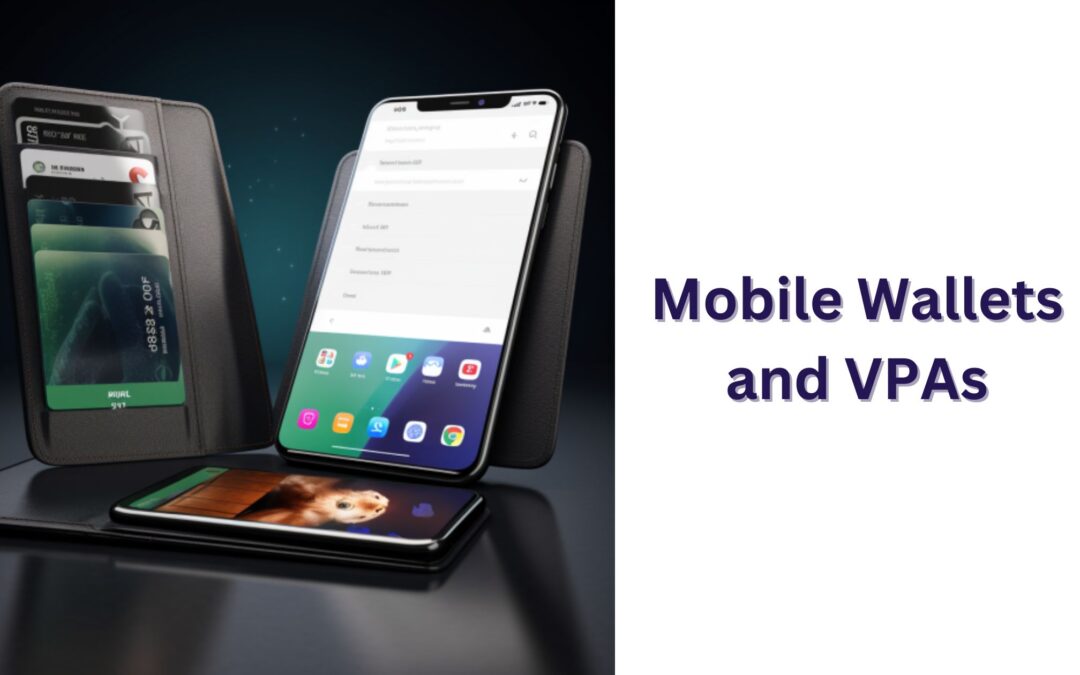In today’s digital age, where smartphones have become an integral part of our lives, the way we handle our finances has undergone a significant transformation. One of the groundbreaking developments in this realm is the integration of Virtual Payment Addresses (VPAs) within mobile wallets.
VPAs have emerged as an important innovation, simplifying transactions, enhancing security, and offering unmatched comfort. In this blog, we’ll take a deep dive into the world of VPAs in mobile wallets, exploring their importance, advantages, and how they are changing the way we pay.
The Rise of VPAs in Mobile Wallets
What Are VPAs?
Virtual Payment Addresses, or VPAs, are unique identifiers designed to simplify digital payments. Think of them as the digital equivalent of your physical bank account number. VPAs are used to send and receive money securely without the need to divulge sensitive bank account details. They act as a bridge between the complexity of traditional banking and the ease of digital transactions.
How Do VPAs Work in Mobile Wallets?
VPAs are seamlessly integrated into mobile wallet applications. Users link their bank accounts or credit cards to these digital wallets and create a VPA associated with their wallet account. This VPA becomes the focal point for conducting various financial transactions. You can split a dinner bill with friends, pay for online purchases, or settle utility bills.
Advantages of VPAs in Mobile Wallets
The integration of VPAs in wallets brings forth a plethora of advantages, making them a preferred choice for many:
1. Enhanced Security
VPAs add an extra layer of security to digital transactions. Unlike traditional methods that require you to share bank account details, VPAs enable you to make payments without exposing sensitive information. This significantly reduces the risk of fraud and unauthorized access to your financial data.
2. Simplified Transactions
One of the most significant advantages of VPAs is the sheer simplicity they bring to transactions. Instead of juggling lengthy account numbers and IFSC codes, you need only share your VPA with the payee. This streamlined approach makes sending and receiving money as effortless as sending an email.
3. Instant Transfers
Transactions through VPAs in mobile wallets are lightning-fast. In many cases, you can transfer funds instantly or within a matter of minutes. This is an improvement over traditional banking, where you can often expect delays due to paperwork and clearance processes.
4. Convenience Redefined
Managing your finances becomes a breeze with VPAs in mobile wallets. The entire process, from creating a VPA to conducting transactions, one can do within the confines of a user-friendly app. No longer are you bound by the constraints of physical banking hours or the need to visit a branch for routine tasks.
The Evolution of Digital Payments
Traditional Banking vs. VPAs in Mobile Wallets
The advent of VPAs in mobile wallets signifies a monumental shift in the world of finance. Traditional banking, with its reliance on brick-and-mortar branches and archaic paper-based systems, is gradually yielding to the digital revolution led by VPAs. Users now have the power to manage their finances on the go, and geographical boundaries no longer dictate the flow of money.
Embracing the Future
As we stand at the intersection of traditional banking and digital innovation, the role of VPAs in mobile wallets is significant. They represent not just a technological advancement but a fundamental shift in how we interact with and perceive money.
In conclusion, this is more than just a trend. They are a catalyst for change in the way we handle our finances. As technology continues to advance and more people adopt these innovative solutions, VPAs will undoubtedly play an even more significant role in shaping the future of payments.
In this digital era, the adoption of VPAs in mobile wallets is changing the way we manage our finances and conduct transactions. Embracing this technology can lead to a more secure, easy, and efficient financial experience. So, why wait? Take the leap into the future of payments with VPAs in your mobile wallet today.
FAQs
Can I have multiple VPAs in one mobile wallet?
Yes, many mobile wallets support the creation and management of multiple VPAs, allowing users to tailor their digital payment experience to various needs.
Are VPAs available for international transactions?
VPAs are primarily designed for domestic transactions. International payments may require different mechanisms. It is essential to check with your mobile wallet provider for specific details.
What should I do if I forget my VPA?
If you forget your VPA, most mobile wallet apps offer a recovery process. You can recover your VPA by following the instructions provided within the app.
Are VPAs compatible with all mobile wallet apps?
VPAs are specific to the mobile wallet you use. Compatibility depends on whether your chosen wallet supports this feature. Most popular apps do offer VPA functionality.
Are VPAs and UPI VPAs the same thing?
Although they share common features, VPAs in mobile wallets and UPI (Unified Payments Interface) VPAs are not the same. People use UPI VPAs mainly for transactions within the UPI system in India. VPAs in mobile wallets are more broadly applicable for digital transactions.

